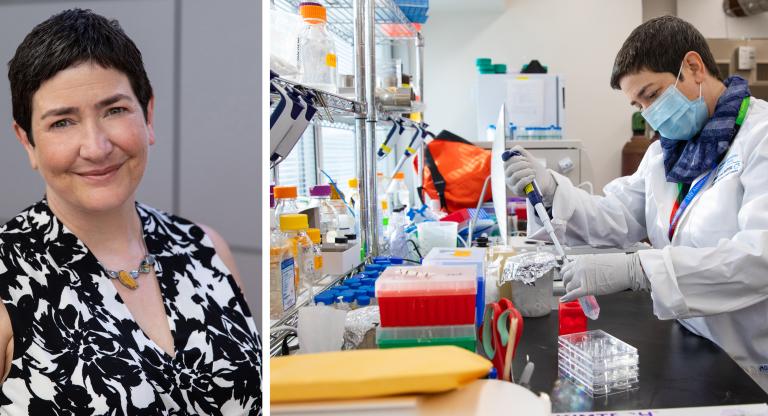Type 1.5 diabetes: Growing epidemic leads to emerging grey area of disease

Specialists treating diabetes say the growing epidemic is leading to a grey area of diagnosis and treatment as more Canadians are living with the disease longer.
Most people are familiar with the three most common forms of the disease: Type 1, Type 2 and gestational diabetes. However, endocrinologists at Sinai Health say they’re treating more patients with what they call Type 1.5 diabetes.
Dr. Caroline Kramer, an endocrinologist and clinician scientist at Mount Sinai Hospital’s Leadership Sinai Centre for Diabetes, estimates 20 per cent of her patients fall within this “grey zone” where they exhibit characteristics of both types of the disease.
“Type 1.5 diabetes is when a patient doesn’t fit within the standard definition of Type 1 or Type 2,” Kramer said.
Type 1 diabetes is an autoimmune disorder whereby the so-called “beta cells” in the pancreas fail to produce or secrete sufficient insulin into the blood. Formerly known as juvenile diabetes, it typically affects children, young adults and teenagers.
Type 2 diabetes, formerly known as adult-onset diabetes, is usually diagnosed later in life. It is characterized by high blood sugar, a resistance to insulin and a relative lack thereof. It primarily occurs as a result of obesity and a lack of exercise, although some people are more genetically susceptible than others.
“Sometimes patients can seem a little uneasy,” said Dr. Kramer. “They keep asking, ‘Do I have Type 1, or do I have Type 2?’ and sometimes all the confirmation tests don’t really help much. But the bottom line is to make sure that they receive the proper glycemic control to prevent complications and to help them feel better.”
Currently, one in three adults in Canada has diabetes or prediabetes. When not managed successfully, diabetes can lead to serious health complications, including a heightened risk of heart attack, stroke, kidney failure, amputation and blindness.
November is Diabetes Awareness Month. To read the latest issue of Sinai Health magazine on the changing face of diabetes, click here.












